Health Ministry to build new office tower at its HQ in SGH; studying new Paya Lebar health facility
Sign up now: Get ST's newsletters delivered to your inbox

An aerial view of the site designated for the new MOH office building at the SGH campus, pictured on June 4.
ST PHOTO: BRIAN TEO
Follow topic:
SINGAPORE – The Ministry of Health (MOH) is planning to bring more of its officers under one roof, at a new office building it will construct in Outram Park that could serve as the ministry’s new headquarters.
The new office building in MacAlister Road will be built within the Singapore General Hospital (SGH) campus.
It will “house MOH and MOH agencies that are now scattered throughout the island”, a ministry spokesman told The Straits Times on May 30.
MOH’s existing headquarters at the College of Medicine Building, a national monument, occupies part of the site earmarked for the new building.
The new office building is one of two new healthcare-related developments that came to light from recent public documents from the Urban Redevelopment Authority (URA).
The other development is a new healthcare facility near Paya Lebar MRT station.
The new office building in SGH is slated to have 55,442 sq m of office space and 352 sq m for retail purposes.
The site for the new building is about 20,000 sq m in size – equivalent in area to about three football fields.
It currently houses two national monuments occupied by MOH since 1987 – the College of Medicine Building and the Tan Teck Guan Building – as well as an open-air carpark.
The site is also partially occupied by an airfield for rescue helicopters and Harrower Hall – built in 1931 as the students’ lounge of Singapore’s first medical school that was established in 1905.
The MOH spokesman said that the new office building’s specifications and construction timeline are still being finalised, and added that more details will be released when available.
Dr Yeo Kang Shua, vice-president of the International Council on Monuments and Sites Singapore, said the development of the new office block is an opportunity to improve the visual importance and physical prominence of the two national monuments at the site.
He said there is currently “no sense of arrival” for guests visiting the College of Medicine Building, which was officially opened in 1926 as Singapore’s first purpose-built medical college.
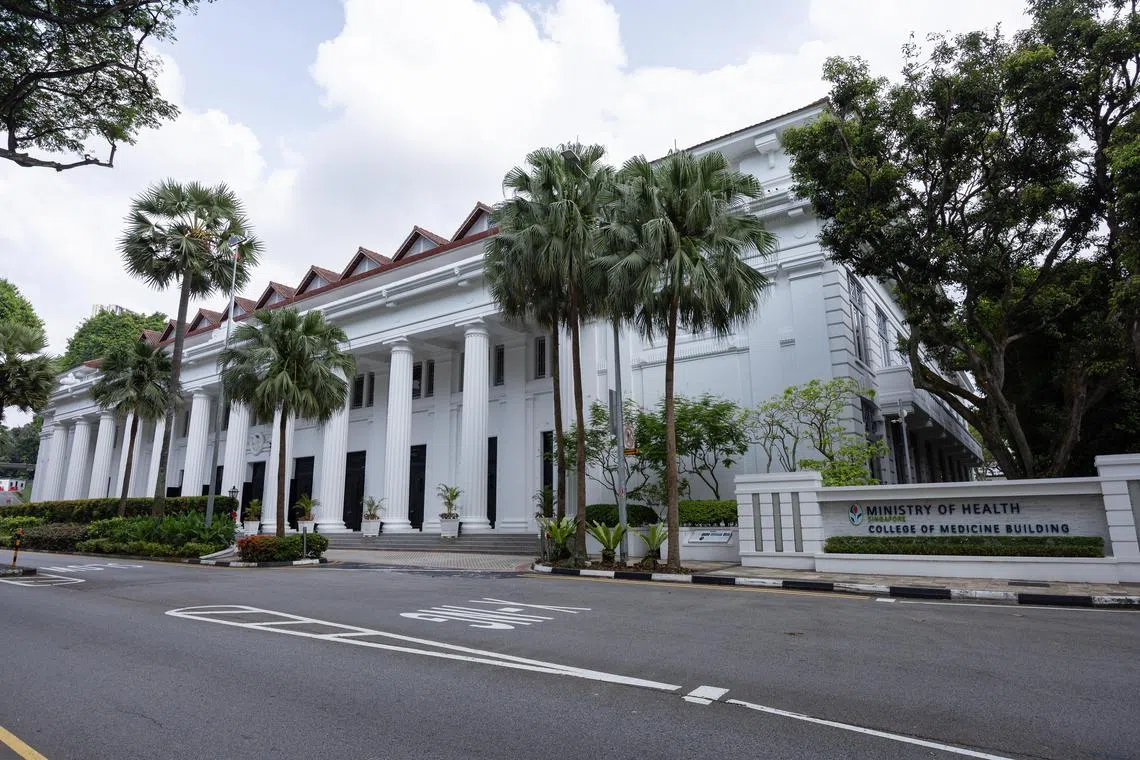
The College of Medicine Building, a national monument, is currently MOH’s headquarters.
ST PHOTO: BRIAN TEO
As for the Tan Teck Guan Building, which first housed the medical school when the building opened in 1911, Dr Yeo said it is oft forgotten and could be used as a social hub as part of the planned office development.
The building is currently fenced up and not publicly accessible.
“A new arrival atrium could be built between the new office building and the monuments, serving as an interface between the new and the old,” said Dr Yeo.
He suggested that new programmes could be inserted at least on the ground floor of the monuments, for the public to access and appreciate the historical buildings.
For instance, said Dr Yeo, the Tan Teck Guan Building could house a cafe with sheltered outdoor seating.
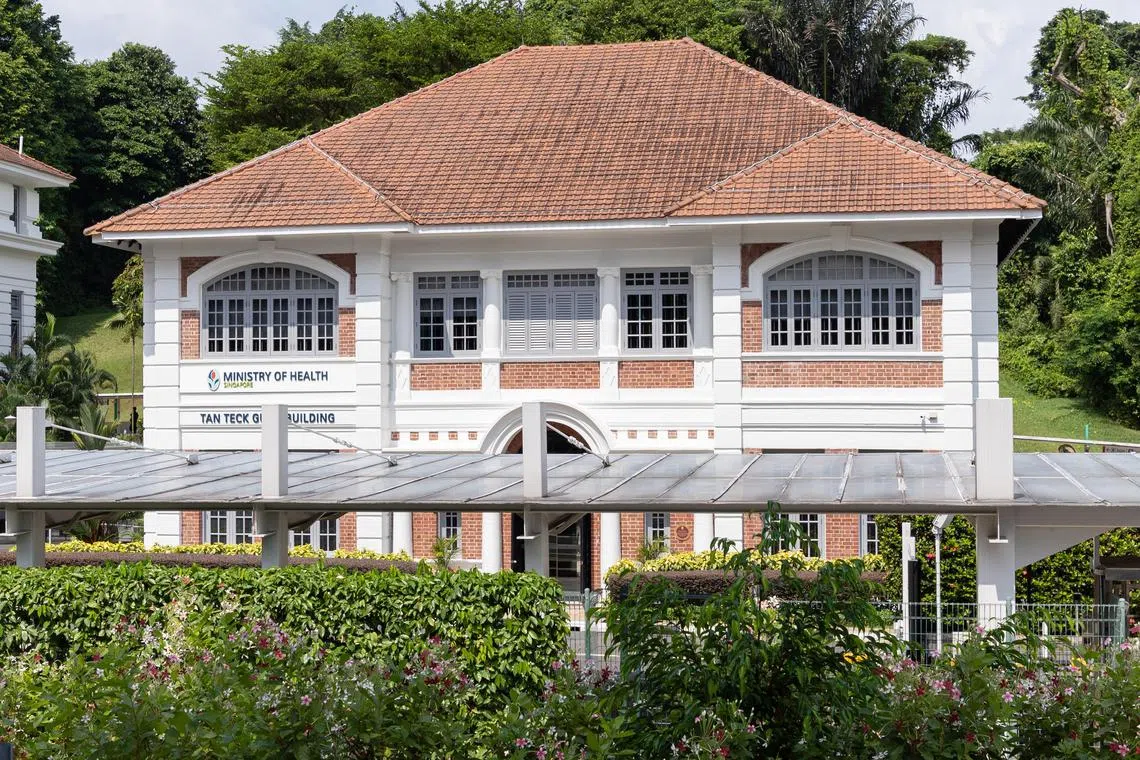
Tan Teck Guan Building was opened in 1911 and gazetted a national monument on Dec 2, 2002.
ST PHOTO: BRIAN TEO
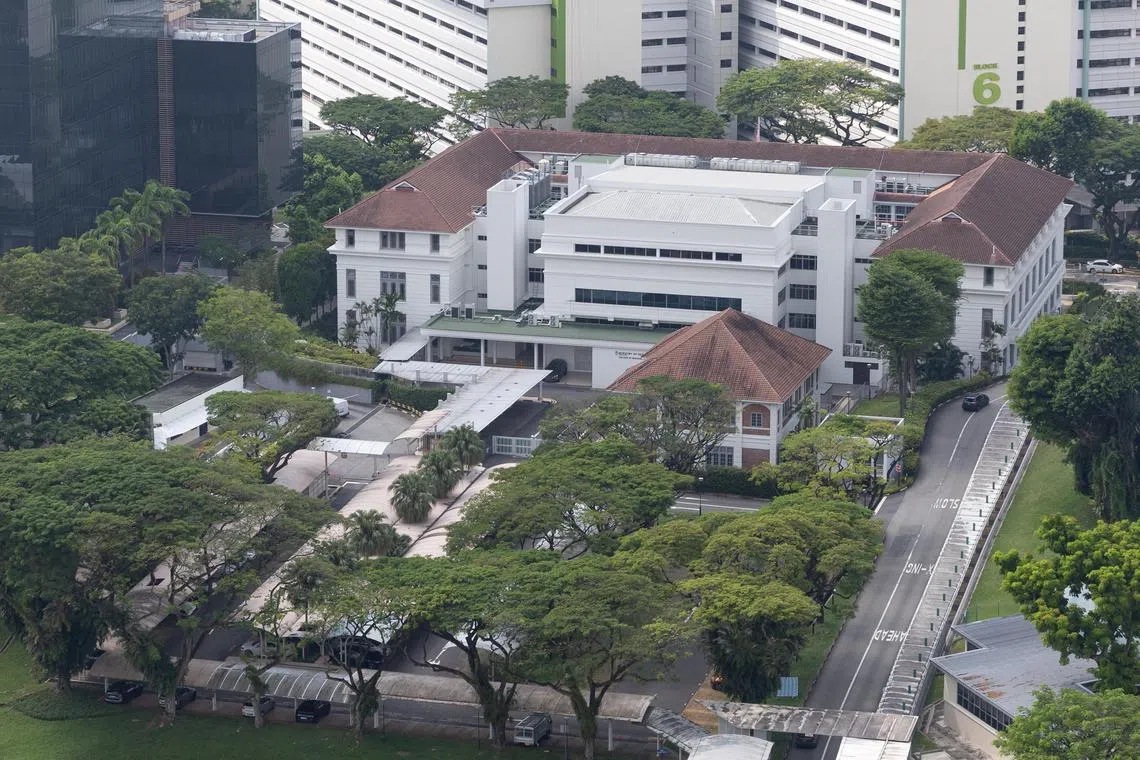
Dr Yeo Kang Shua suggested that a new arrival atrium could be built between the new office building and the monuments. An open-air carpark is currently on this space.
ST PHOTO: BRIAN TEO
Meanwhile, a site about 22,800 sq m in size near Paya Lebar MRT station has been earmarked primarily for a health and medical care development, with the rest to be designated a reserve site.
In May, the URA published a proposed amendment to its master plan, in which about 19,000 sq m of the site was rezoned from commercial to health and medical care use.
URA said then that the facility would serve residents in the region.
Asked about MOH’s plans for the site, the ministry spokesman said it is “currently assessing the use of the land parcel in Eunos Avenue 5 for a future healthcare facility”, and added that the assessment is at its initial stage.
“More details will be released when available,” he said.
The site, which is located next to the SingPost Centre and is currently an open field, previously housed 12 industrial blocks that were demolished in around 2016.
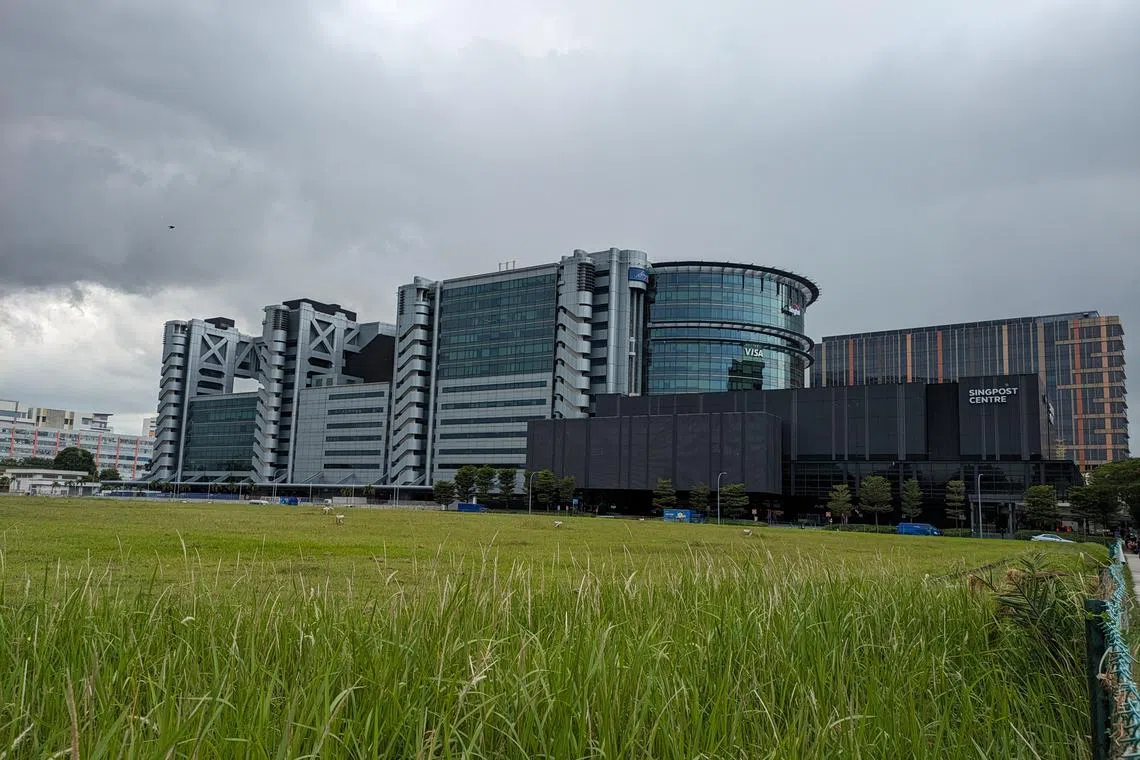
The site next to the SingPost Centre has been earmarked for a future healthcare facility.
ST PHOTO: NG KENG GENE
Healthcare experts said the site is large enough for a facility that serves an area larger than Paya Lebar, with one suggesting that the site could support “a large, integrated healthcare facility”.
Some also said the site could be used for a planned not-for-profit private acute hospital that MOH consulted the industry on in 2024
Associate Professor Jeremy Lim from the NUS Saw Swee Hock School of Public Health said the site could house a facility that responds to emergencies and provides rehabilitation and convalescence services.
He added that if a private hospital is built at the site, it should be a “hub that projects and supports well beyond its four walls”.
“More important would be the ambulatory or outpatient services, and the use of the facility as a community hub for home-based services,” he said.
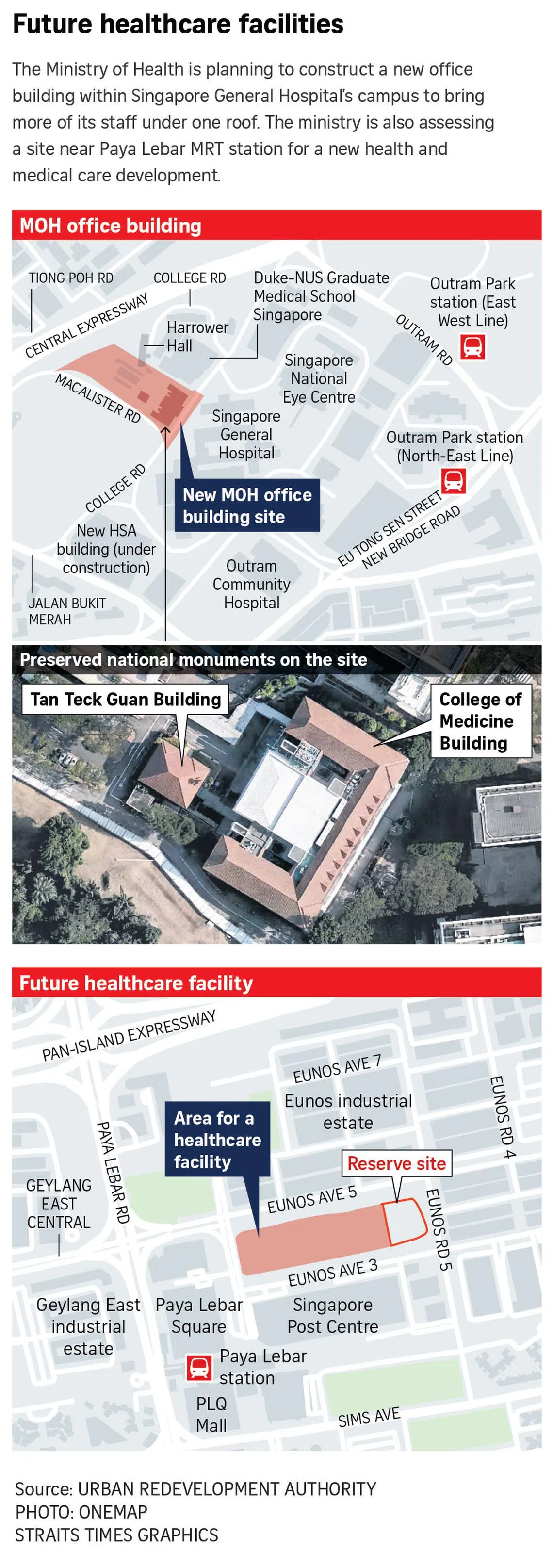
Ng Keng Gene is a correspondent at The Straits Times, reporting on issues relating to land use, urban planning and heritage.


